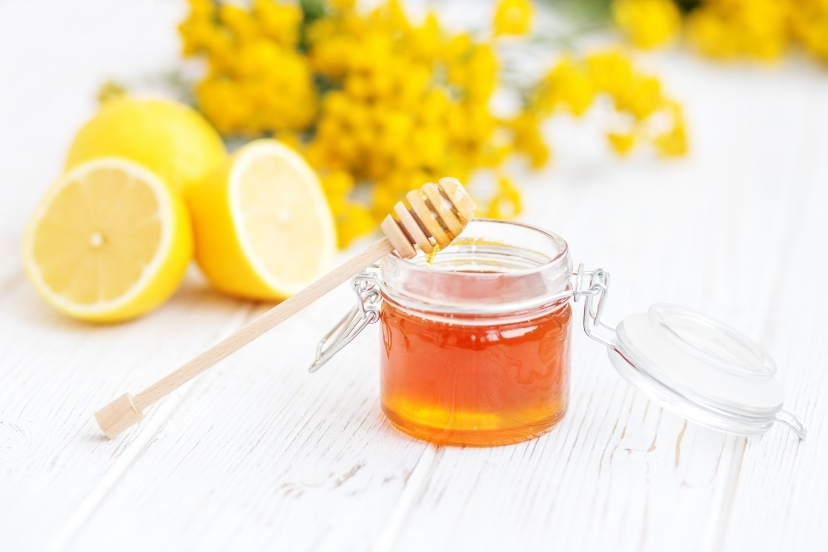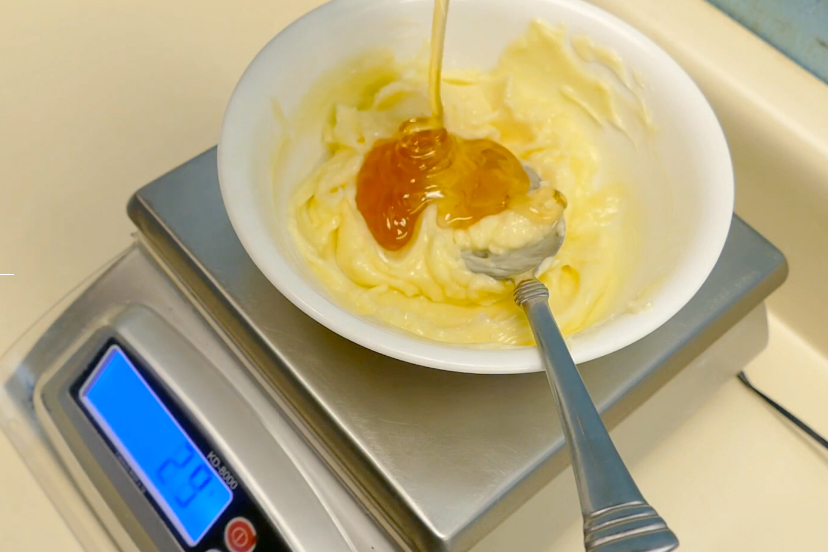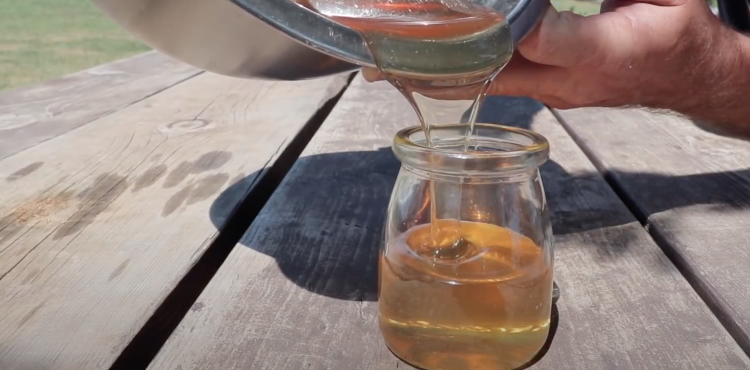Want to learn some interesting, random honey bee facts? Then you’ve come to the right place!
You’ll find some honey bee trivia (but certainly not trivialities!) and fun facts here.
You’ll learn some facts about bees that will entertain, intrigue, and inform.
Read on!
Fact: Did you Know that Bees Make Bread?
Indeed they do, and appropriately enough, it’s called Bee Bread. It’s a mixture of honey and pollen, and it is a highly nutritious food.
Bee bread is principally the food of larvae and very young bees. Older bees primarily eat honey.
As the bees mix honey and pollen together to make bee bread, they add glandular secretions that help to preserve it. The glandular secretions also help to make the bee bread more nutritious.
Then they pack it into honeycombs, often covered with a layer of honey. That way it’s ready and waiting for feeding hungry bee babies whenever it’s needed.
Fact: Honey Bees Live in Air Conditioned Comfort
Did you know that honey bees have the ability to air condition their hive?
They do this by distributing water droplets in strategic locations throughout the hive, and fanning their wings to generate air movement.
The bees on fanning duty will orient themselves so that fresh air is drawn into the hive, circulated throughout, and then exhausted. On a hot day, you can look at the entrance to a hive, and you will see bees facing away from the entrance on one side, and bees facing toward the entrance on the other side.
All those bees furiously fanning their wings are on air conditioning duty!
The bees facing away are drawing air into the hive, and those facing inwards are drawing air out of the hive. Fanning bees are also distributed throughout the interior of the hive, keeping the air circulating completely throughout the hive.
The fanning bees grip the surface with their feet, point their heads downwards, and furiously fan their wings. It looks like hard work!
But the hard work pays off.
As the air currents created by the fanning bees pass over the droplets of water within the hive, the water evaporates, and lowers the temperature of the air through the physics of evaporator cooling.
In extreme heat, many bees will even hold a drop of water in a thin film across their mandibles, exposing a greater surface area of water to the airflow. That helps to increase the effectiveness of the evaporator cooling.
How effective is this bee-powered air conditioning?
Well, it’s been shown that bees are able to survive with outside air temperatures over 150° F.
That’s pretty effective!
Fact: Bees Can Survive Sub-Freezing Temperatures
Honeybees have an amazing ability to adapt to harsh environmental conditions.
The target temperature for the interior of a hive is 95° F, but it has been shown that bees are able to maintain this temperature in the brood nest (where the queen lays her eggs) with outside temperatures as low as -50° F!
In the wintertime, bees maintain the temperature within the brood nest by forming a cluster, thereby concentrating their body heat in the center of the cluster.
As the outside temperature falls or rises, the cluster tightens or loosens in response, maintaining the brood area at target temperature.
The outer layer of the cluster consists of bees that are packed very tightly together, with their heads pointed toward the interior of the cluster. The bees in the outer layer are crowded so tightly together that the fine hairs on their bodies interlace, trapping air that serves to further insulate the interior of the cluster.
The outer layer bees periodically change positions with interior bees, preventing the exterior bees from eventually succumbing to the cold.
If the outside temperature continues to fall once the cluster has contracted to its tightest, the bees maintain the core temperature by converting stored honey into heat. The bees eat honey and use its energy to fuel the constant shivering of their flight muscles, producing more heat.
In icy conditions, you can sometimes look at the exterior of a hive and see where the cluster is positioned inside the hive. The ice on the outer surface of the hive will be melted close to the cluster, while the rest of the hive exterior is caked with ice.
And many times, I’ve been able to tell where in the hive the cluster is located on a frigid winter day without opening the hive. I can do that by locating, with the flat of my hand, a faint warmth radiating through the side of the hive adjacent to the cluster.
Bee Flying Facts
Bees are amazing fliers.
But they have to work hard to fly, beating their wings at around 200 cycles per second!
The top speed honey bees can fly is a bit under 20 miles per hour, or a little slower if the bee is carrying a load of nectar or pollen.
Honey bees are born with about 500 miles worth of flying in their wings. Their wings are fragile, and gradually wear and fray during a bee’s day-to-day foraging.
Once a bee has flown roughly 500 miles (less than 50 hours of flying time), its wings are too worn to lift its weight.



